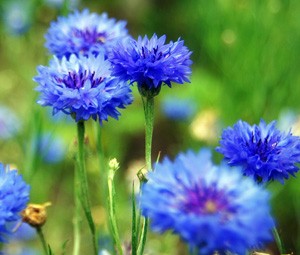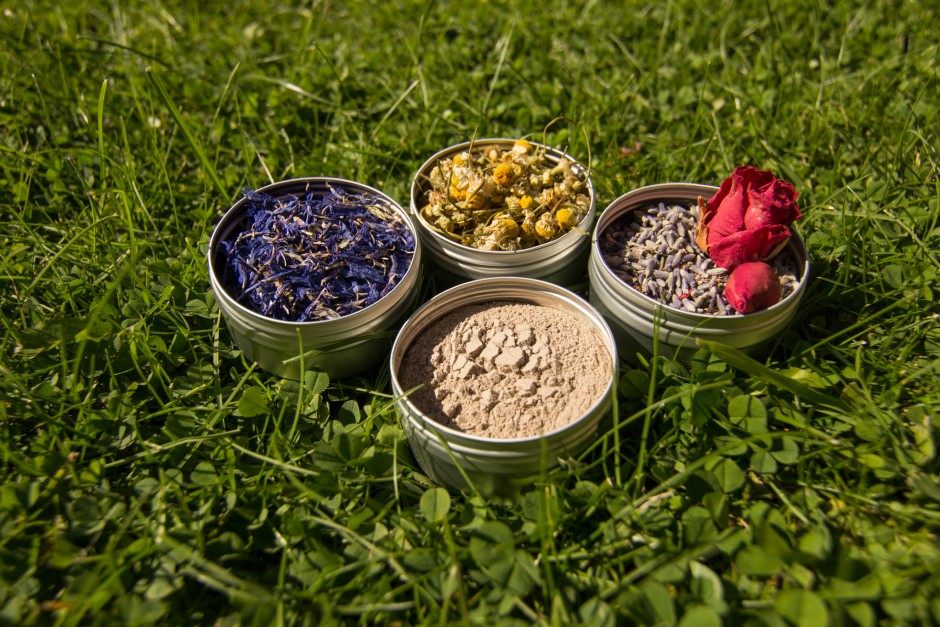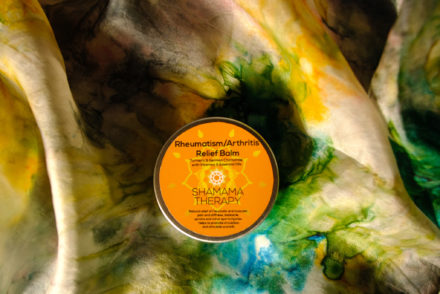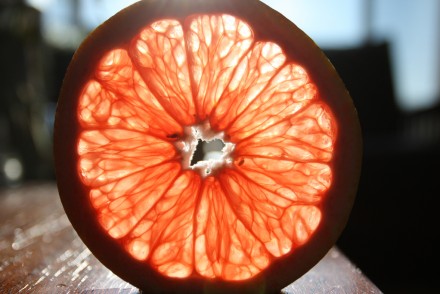Purifying and mineralising. Deeply cleanses, invigorates and clarifies all skin conditions. Absorbs excess sebum and impurities. Effective in treating acne, dermatitis, eczema and psoriasis. Effectively helps minimise blemishes and enlarged pores. With essential oils of lavender and roman chamomile, it softens and nourishes the epidermis. Creates a healthy, radiant complexion by harnessing the power of wholly natural plant ingredients.
A beautiful clay mask made from flowers
Ingredients: Rhassoul clay, Organic Chamomile Flowers (dried), Blue Cornflower Petals (dried), Lavender Flowers (dried) Roman Chamomile Essentials Oil (Anthemis nobilis), Lavender Essential Oil (Lavandula alternifolia), Sandalwood Essentials Oil (Amyris balsamifera), Vit E
50g
♥ Rhassoul Clay Contains a high percentage of silica, magnesium, potassium and calcium.Clinical studies have been carried out in two different research laboratories in the United States that evaluated Rhassoul use for skin conditions. The results of this single use Rhassoul study produced these findings: 
. Reduces dryness (79%)
. Reduces flakiness (41%)
. Improves skin clarity (68%)
. Improves skin elasticity/firmness (24%)
. Improves skin texture (106%)
♥ Blue Cornflower Petals Skin benefits come from cornflower’s cooling and toning properties and for that reason this lovely herb is often used in cosmetics to firm mature and crepey skin (Catty, 2001). It has regenerative effects, making the face skin smooth and silky. Oil extracted from cornflower is anti-inflammatory — effectively reducing wrinkles and dark circles beneath the eyes.
♥ Roman Chamomile is antibacterial, anti-fungal, anti-inflammatory and antiseptic. It is also considered to be hypoallergenic with the ability to neutralise skin irritants. In skin care preparations it is used for teething babies, toothache, acne and boils, allergies and rashes, inflammations, dermatitis, eczema, cuts, wounds and as a lightener for blonde hair. In one trial with humans, chamomile was found to have an effect that was 60% as active as 0.25% hydrocortisone when applied topically. In another trial, the chamomile ointment was effective in reducing dermatitis following a single application of sodium lauryl sulfate (Brown & Dattner, 1998). Chamomile is a fabulous skincare herb and is suitable for all skin types. As it is so strongly anti-inflammatory, it is particularly suited to sensitive skins that are prone to inflammation.
♥ Lavender Promotes the growth of healthy new skin, is soothing and healing on the skin. Lavender is  credited with being anti-allergenic, anti-inflammatory, antiseptic, antibacterial, antispasmodic, balancing, energising, soothing, healing, toning and stimulating (Michalun & Michalun, 2010).
credited with being anti-allergenic, anti-inflammatory, antiseptic, antibacterial, antispasmodic, balancing, energising, soothing, healing, toning and stimulating (Michalun & Michalun, 2010).
♥ Sandalwood Soothing, cooling and moiturising and primarily used for dry skin conditions caused by loss of moisture and skin inflammation. It may be used to relieve eczema and psorisis.
Note – Don’t use chamomile or blue cornflower in skincare if you are allergic to any of the Asteraceae family of plants – these include chamomile, celery, ragwort, daisy, calendula, or chrysanthemum. People who are allergic to this family of plants generally have a reaction to chamomile.
How to use: Blend 1-2 tsp with an equal amount of water to create a smooth paste. Apply the mask onto the face, neck and décolleté but avoid the eye area. Don’t wait for it to reach the flaky stage before you start rinsing. Do the touch test: When you start to see it drying (which usually means it gets lighter in color) but it still feels a bit sticky, it’s time to wash it off—so it doesn’t suck the life out of your skin. For blemished and oily skin, remove after 5-10 minutes with plenty of warm water.
No synthetic fragrances, colours or preservatives.
Never tested on animals.
References
Catty, S. 2001. Hydrosols: The Next Aromatherapy
Brown, D.J. & Dattner, A.M. 1998. Phytotherapeutic Approaches to Common Dermatologic Conditions. Arch Dermatol, Vol 134, 1401-1404.
Michalun, N. & Michalun, M.V. 2010. Milady’s Skin Care and Cosmetic Ingredients Dictionary





